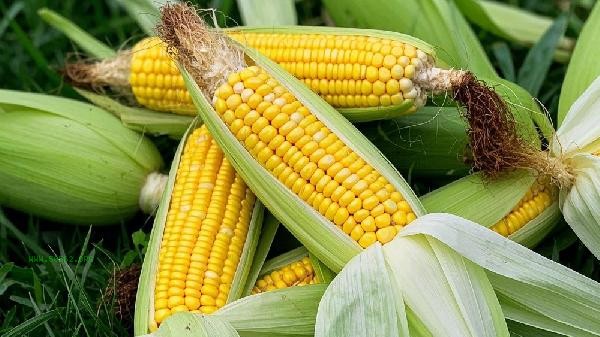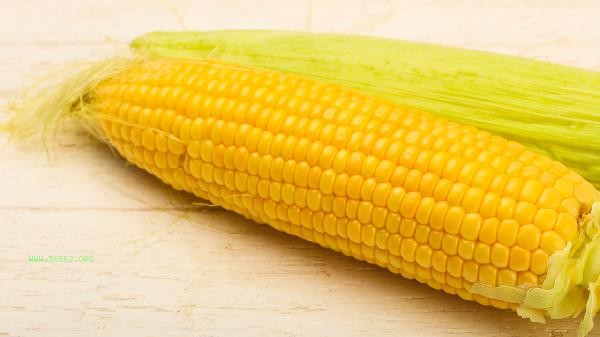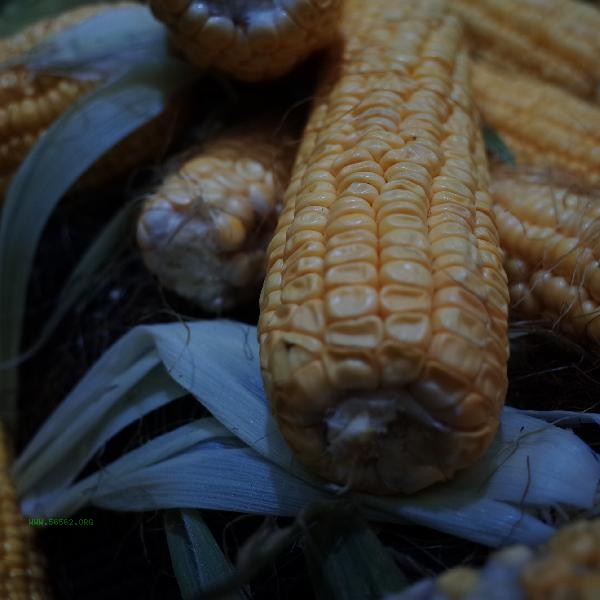The determination of whether corn is cooked can be comprehensively confirmed by observing color changes, testing particle softness, smelling odors, checking the condition of corn whiskers, and using chopsticks to poke and press. Corn appears bright yellow or white in its fresh state, and its color becomes softer and more uniform after cooking. Uncooked corn kernels may have varying shades of color, and some areas may still remain stiff. When corn has completely transformed into a uniform and soft color tone, it usually indicates that the interior has been sufficiently heated. The texture of raw corn kernels is hard, and there will be significant resistance when pressed with nails. After cooking, the corn kernels will become plump and soft, and can be easily dented by gently pressing. You can poke a few corn kernels with a fork or toothpick. If they can easily penetrate and the particles appear semi transparent, it means they are already ripe. Uncooked corn kernels will remain opaque and difficult to penetrate.

Raw corn has a grassy or starchy aroma, and when cooked, it emits a strong sweet fragrance. When the obvious sweet aroma of corn wafts out of the pot, it can usually be used as a reference indicator for cooking. However, it should be noted that odor cannot be the sole criterion for judgment, and it needs to be confirmed together with other methods. Observing the state of corn silk at the top of corn can also assist in judgment. The corn stalks of raw corn are usually tightly attached to the corn cob and have bright colors. As the heating process progresses, the corn whiskers will gradually become loose and turn dark brown in color. When most of the corn stalks fall off naturally or easily with a light touch, it often indicates that the corn has been cooked. Using chopsticks to poke into the center of the corn cob and feel the resistance is also an effective method of judgment. The core of cooked corn cob will become soft, and chopsticks can be easily inserted without significant resistance. If the center of the chopsticks still feels stiff when inserted, it may be necessary to extend the cooking time. This method is particularly suitable for determining whether thicker corn cobs are fully ripe.
When cooking corn, it is recommended to use sufficient water to completely submerge the corn and cook over medium heat for 15-20 minutes. The time required for different varieties and maturity levels of corn may vary, and glutinous corn usually takes longer than sweet corn. After cooking, it can be immediately removed to avoid overcooking and affecting the taste. If not consumed temporarily, it can be quickly cooled in ice water to maintain sweetness. Fresh corn has high nutritional value and is rich in dietary fiber and B vitamins. Moderate consumption can help promote digestion and supplement nutrients.










Comments (0)
Leave a Comment
No comments yet
Be the first to share your thoughts!